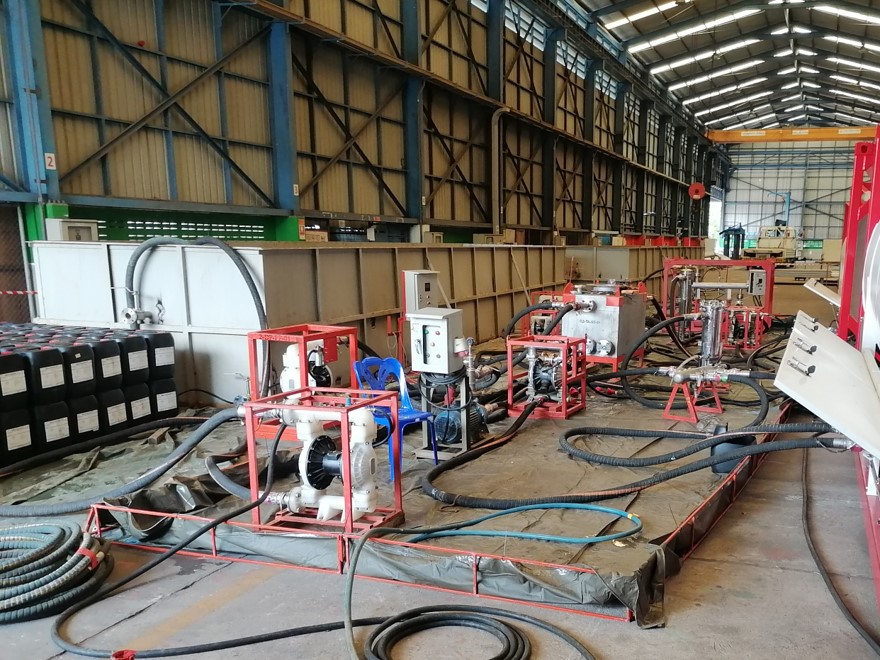Pickling & Passivation
“Elevate Your Metal’s Strength: Expert Pickling & Passivation Services”

Purpose of Pickling
1. Remove Contaminants: Pickling removes oxides, scales, rust, and other inorganic contaminants from the metal surface.
2. Prepare the Surface: It cleans the surface thoroughly, making it ready for further processing or coating.
3. Restore Corrosion Resistance: By removing impurities, pickling helps to restore the natural corrosion-resistant properties of metals, especially stainless steel.
Purpose of Passivation
1. Enhance Corrosion Resistance: Passivation creates a thin, protective oxide layer on the metal surface, significantly improving its resistance to corrosion.
2. Remove Surface Iron: It removes free iron and other surface contaminants that can cause localized corrosion.
3. Improve Durability: The protective layer formed through passivation helps to extend the lifespan of metal parts by preventing degradation.

“Corrosion Defense Unleashed: Pickling & Passivation Solutions“
Pickling & Passivation
Pickling and passivation are chemical processes vital in enhancing the corrosion resistance and longevity of stainless steel and other metals for euipment and pipeing systmen.

Chemical Cleaning Services




Pickling
Pickling is a metal cleaning process that removes surface impurities such as rust, scale, stains, and inorganic contaminants. This is typically done using a strong acid, such as hydrochloric acid (HCl) or sulfuric acid (H₂SO₄)
Applications:
- Removal of Mill Scale: Commonly used after hot rolling or welding.
- Surface Preparation: Prepares the metal surface for subsequent treatments like coating or plating.
Passivation
Passivation is a chemical treatment that enhances the natural corrosion resistance of stainless steel by promoting the formation of a thin, protective oxide layer on the surface. This is usually done using a mild oxidizing acid, such as nitric acid (HNO₃) or citric acid.
Applications:
- Stainless Steel Components: Used widely in medical, food processing, and aerospace industries.
- Post-Manufacturing: Applied after machining, welding, or fabrication processes to restore and enhance the metal’s protective oxide layer.




Pickling and passivation are both chemical processes used to treat metal surfaces.
Differences Between Pickling & Passivation
Purpose: Pickling primarily removes contaminants, while passivation enhances the corrosion resistance by promoting a stable oxide layer.
Chemical Strength: Pickling involves stronger acids compared to the milder acids used in passivation.
Surface Impact: Pickling can alter the surface texture and appearance, whereas passivation leaves the metal surface smooth and unchanged.
Benefits
Improved Corrosion Resistance: Both processes help in reducing the risk of rust and corrosion.
Enhanced Durability: Increases the lifespan of metal components by preventing degradation.
Compliance: Meets industry standards for metal finishing.
Maintenance Reduction: Reduces the need for frequent maintenance and repairs
